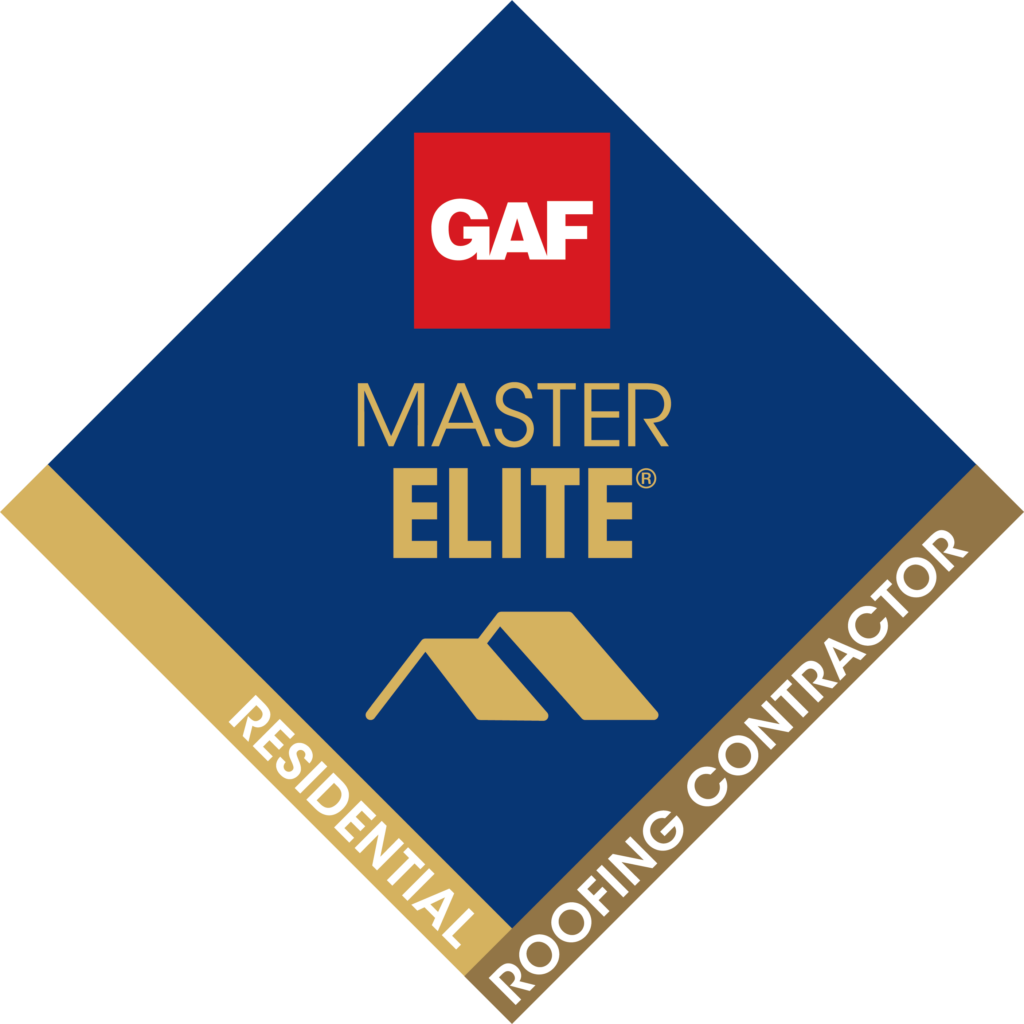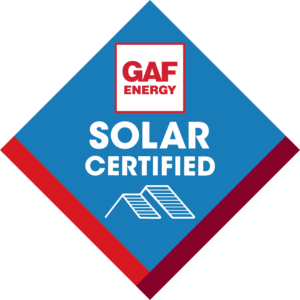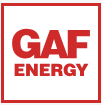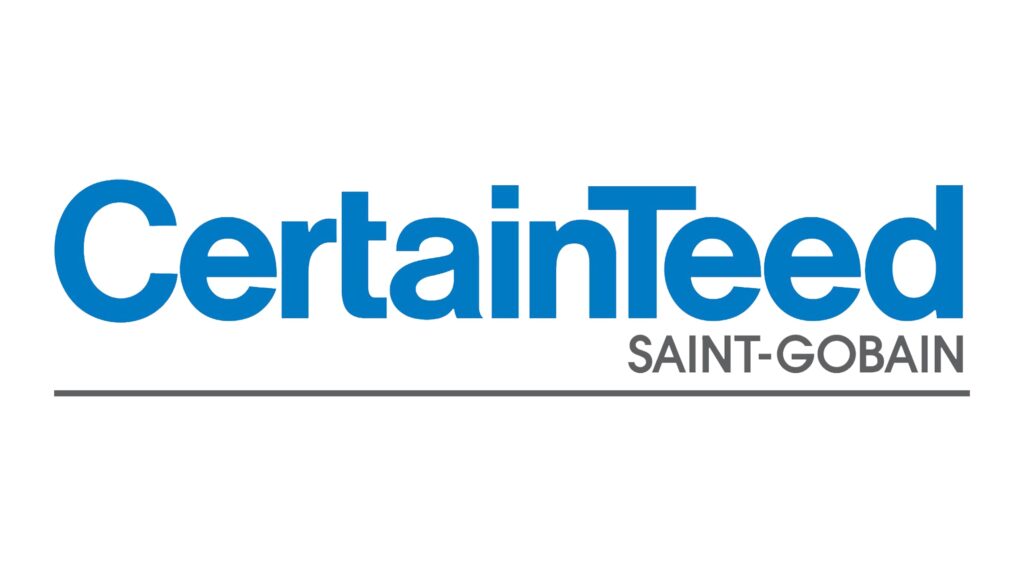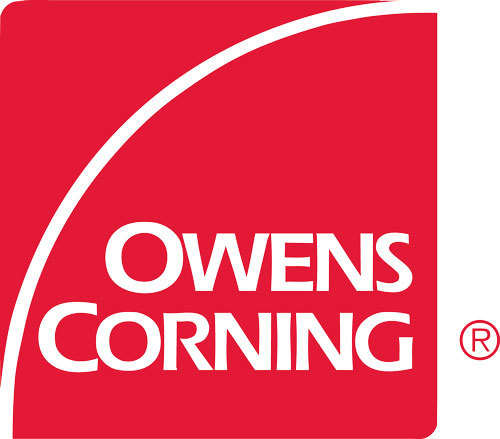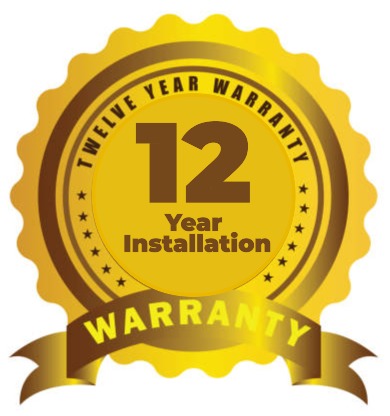New Siding Benefits That Produce Savings
Sep 02, 2020Curb Appeal
When you decide to have new siding installed on your home, your neighbors as well as prospective homebuyers are sure to notice. “Along with enhancing your home’s aesthetics, new siding increases your home’s value as well,” said Wendy Cline, J&B Construction owner. In fact, homeowners can expect up to a 78% return on investment after installing new siding on their home, according to a recent Business Insider article.
Another way to increase the exterior appeal of your home is to use longer length siding that extends to 16-feet, as that can reduce seams by up to one-third.
Increased Energy Efficiency
Increased energy efficiency is one of the key ways new siding saves homeowners money. “The detail behind the siding can make your home better insulated, reduce water and air infiltration, and allow your exterior walls to breath,” said Wendy. “All this will make your home more comfortable and energy efficient.”
With the state of Wisconsin mandating that a waterproof underlayment is added under siding, installing house wrap will limit water and air infiltration while remaining breathable to allow moisture to escape exterior walls. “A quality house wrap is the last line of a home’s defense, and its proper installation along with the use of house wrap tape to windows, doors, flashing details, and seams is extremely important to achieve a wind and water proof system,” she said.
Depending on the situation, it may be possible to add insulation between the house wrap and siding, which would increase the home’s R-Value, a measurement that reflects the insulation’s ability to resist heat traveling through it, according to ENERGY STAR. “In other words, a higher R-Value indicates high quality insulation, while a lower rating signals a lower performing insulation,” she said.
Working together, the house wrap, additional insulation, and the siding seal drafts and defend the home against severe weather, such as hail, strong winds, and extreme temperatures. “This translates into less reliance on your home’s HVAC system to maintain a comfortable indoor temperature, and subsequently, an increase in energy savings,” Wendy said.
Little to No Maintenance
Contemporary siding materials, such as vinyl, fiber cement, and engineered wood are exceptionally durable and require minimal maintenance outside of occasional cleaning. Conversely, traditional wood siding requires frequent painting, approximately every three to seven years, to avoid warping. Not only is this a time-consuming endeavor, whether you do it yourself or hire a professional, it’s costly as well.
Virtually No Repair Costs
Good, quality vinyl siding is one of the most prevailing materials available and for good reason. It’s associated with virtually no repair costs. Its composition allows it to be impermeable to moisture and other elements, eliminating mold and rot issues. “Plus, it doesn’t warp or crack, so you don’t have to worry about insects or other critters finding their way into your siding and making their nests there,” she said. “Moreover, vinyl siding has an exceptionally long lifespan, ranging from 60 to 100 years, meaning you’ll save an untold number of dollars in repair costs.”
One final component that will provide savings now and in the future regardless of the type of siding chosen is that it is properly installed, as this will impact the product’s longevity and effectiveness. “With J&B, installation is always done exactly to the manufacturer’s specifications by our certified installers,” Wendy said.



